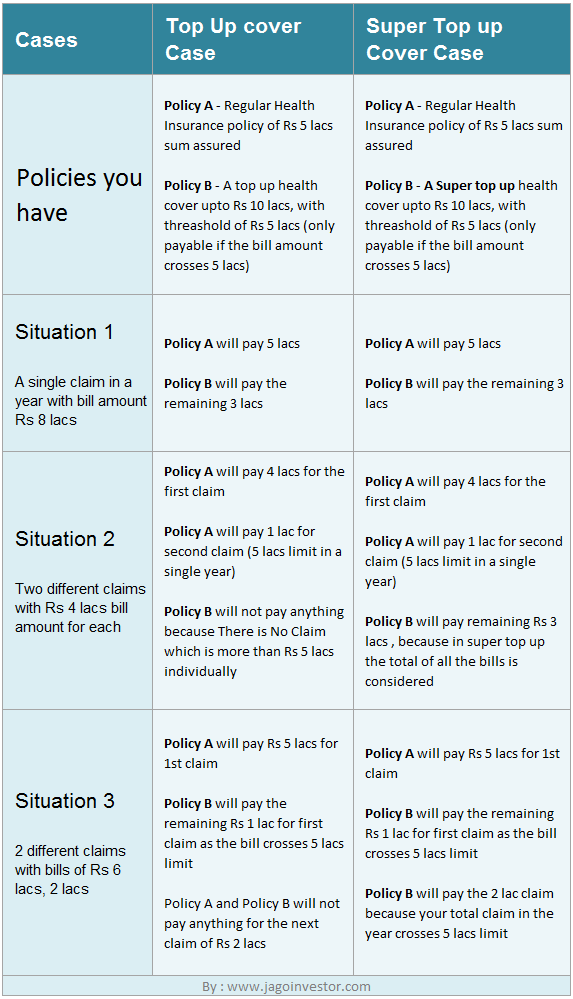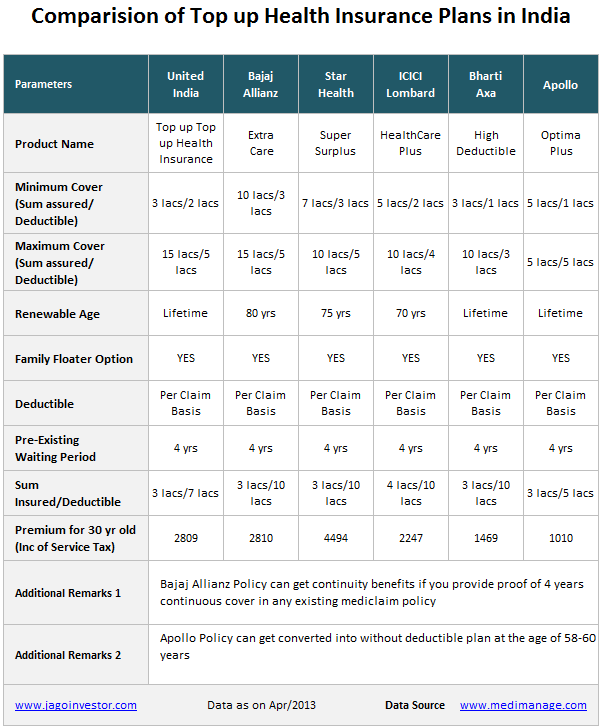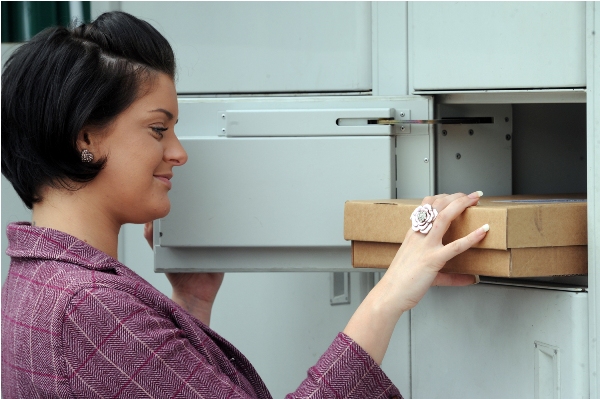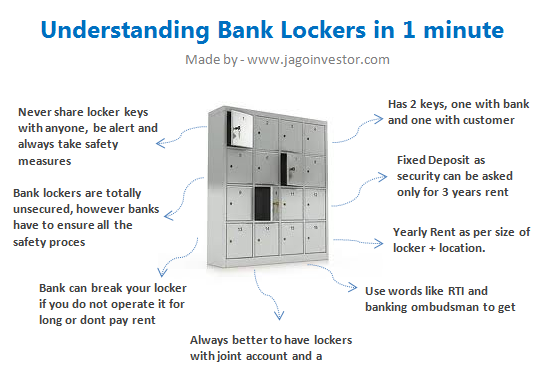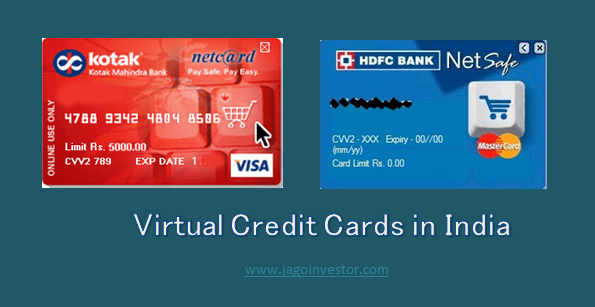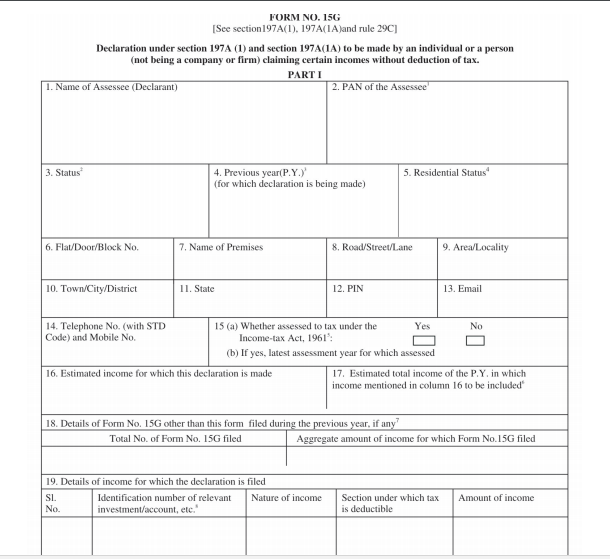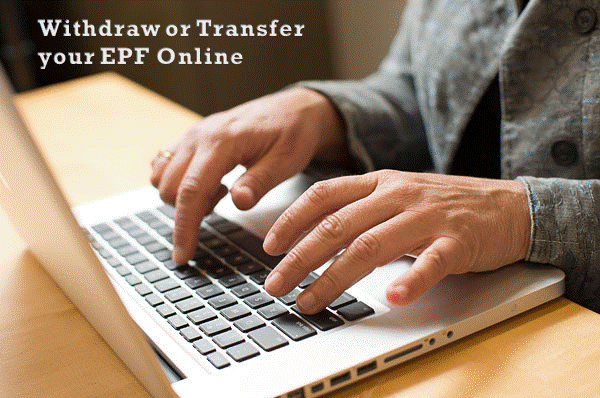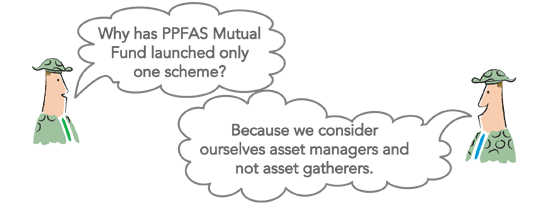While I was working out in gym in morning, I has a strange feeling that I can connect every aspect of ‘staying healthy’ with ‘building wealth’. There are various things which can be used as an analogy to teach good things about ‘creating wealth’ , but the area of health is best as an analogy. I am sure a lot of you who take health seriously and exercise regularly will be able to connect well and appreciate this article, others who do not take care of their health might get the maximum value because they will appreciate both the things (health and wealth points) . Lets see those points .

1. Starting is Easy, Continuing is not
Its very easy to go for a jog/walk at 6:00 am for 2-3 days. A lot of people decide they will do it, and a lot actually achieve it . But what happens after a week/month ? We discontinue it and life is back at square one and we are just lost in our daily life exactly the same way we were earlier . You break your promise of “I will exercise in morning at 6:00 am” , and it all starts with a very small violation, which takes a big shape. Starting out something is damn easy, but the real question is how long you continue it ! and with what commitment. So don’t tell me you got up at 6:00 am . Tell me how long have you been doing it , that’s the real parameter.
In the same way, its too easy to start reading a new blog, starting your SIP , start writing your budget and even working on your financial life. A lot of people get some adrenaline rush, after I write some good article which makes them feel – “Its high time now. I should do something about my financial life” and they start doing something, but the real parameter to look at it is – “Are you consistently doing it ?” . Is your SIP running from many years, month after month without fail ? Are you writing the budget month after month and following it ? A Rs 5,000 SIP running for 10 yrs would always (well , in most the cases) beat a inconsistent SIP of Rs 12,000 . A consistent written and followed budget which was not that detailed, will be much better than a inconsistent budget which was very detailed. A simple strategy followed for years with consistency will just be better than a complex one which is not followed regularly.
2. Focus has to be on Long Term
Imagine you a trainer in gym and someone recently joined with 90kg weight, and complains to you that – “It has been 1 week, and my weight is still the same !” . What will be your reaction to that ?
You need to give sufficient time and patience to see results. You need to understand how things work in health and only when you understand the internal working , you will have faith in exercising , only then you will continue it. Over 6 months, you will see some results , over 1 yrs you will see good change, over 2-3 yrs , you will be a transformed person all together. Short term is just short term ,you can only build some artificial muscle in such a short time. But if you need some serious health, it can come in long term only.
In the same way, wealth can not be created in short term (I am talking about investments here) . Wealth multiples itself over long term and if you want to build 1 crore rupees in 3 yrs with your Rs 50,000 per month salary (god knows what is left at the end of the month) , you are probably from Venus , not Earth for sure. Just like long journey starts with a small step, you need to start your wealth journey with small steps and then built upon it . You need to understand some of the fundamental principles of personal finance (which I have shown in my book – “16 personal finance principles every investor should know“) . Unless you understand them, you will always doubt short term volatility in your portfolio, you will just get too much attached with security aspect of your money and will not allow your wealth to grow.
3. Diversification is Important
Imagine you are only and only working on your left hand when you exercise . Try to visualize it . You are concentrating only on your left hand and how to make it strong. What will happen in next 2-3 months ? I am sure you will not even last that long, but even if you do , your left hand will surely look artificial on your body and ache like anything because you just never cared about other parts of your body and other aspects of your health. A good health is function of good diet, good sleep , good exercise and your life style. Imagine you work out brilliantly , but then, all you eat is junk like Mc’D , KFC , Pizza’a , maggi etc etc .. Or imagine your diet is excellent , but you do not work out at all and sleep at 3 am and wake up at 11 am daily. This all is going to reflect in your health and you are not giving 100% to your health. You cant expect a lot !
In the same way, when it comes to wealth, you just cant be sitting on only and only Fixed Deposits or only and only ETF’s, or just 100% into real estate fully (unless you are a pro and understand what you are doing). You have to make sure you keep a balance and understand each component’s importance in your financial life. A good mix of real estate, equity, debt , cash , gold is desirable for most of the people (for a common man) . While Debt part will give you security and some peace of mind, real estate will make sure you do not feel left out in the race, the equity part makes sure, you are earning some real return at the end after tax and inflation, gold will keep you wife happy and cash will bring smile on your face and tears in your relationship managers face. The point is – don’t over-invest in one category without understanding its impact and accepting the outcome. Always keep balance and harmony among each other depending on your age and risk profile.
4. To get best quality, you need to invest your time/money/energy
I recently invested a huge annual fees in a well known gym. We get best equipment’s, best environment, best facility, dietitian to look after what we are eating and a good tracking of where we are in our health chart, regular track of our weight, measures and it helps me and my wife move in the direction we want to reach. You need to invest money to get the best most of the times. Apart from the money, you need to put a lot of times and energy from your side. This brings good health over long term. While you can also just go to a park in morning or jog on a road, you still need to invest your time and energy. You need to invest in good shoes, a comfortable work out dress. The point I want to convey is – while you can always look out for free things in life, which works , at-times you need to invest your money, time and energy to get the best. Do not look for money when it comes to your health, you can earn 10x times more if you have a better health.
Just like that, I see a lot of investors destroying their financial life, because they just do not want to invest money, time or energy in their financial life. You can get best, if you are open to invest money, time and effort from your side. The good things do not come cheap always. Hire a good advisor/planner who you think will be able to deliver what you want out of him. Invest in good programs, good books , invest your time to learn things, go to that extra mile to understand concepts and how things work. We have around 550 articles at this moment on this blog and 6,000 questions answered on our Q&A forum, ask yourself how much energy and time have you dedicated to learn things and find out new ideas. We have written 3 books, which we feel can really transform your financial life, all it takes is Rs 1,000 to buy them. Go ahead and just read all of them and you will at a new level. I recently paid Rs 3000 to attend a TIE session in Pune, just to hear Naranyan Murthy (for 1 hour) and Devdutt Patnaik (for 30 min) . What I got back was tons of their experience and whole new ideas which made my Rs 3,000 a tiny thing. Good things always comes when you make an investment , you just have to focus on value.
5. It keeps you energetic
When you exercise in gym or at park near by or at home, there is a point where you feel – “I cant do more exercise, Its paining now” . At that point if you stop, you do not get the best results. The best results are always on the other side of your comfort zone – Always in every area of your life. When you feel exhausted, gave your 100% , when you are wet with sweat, your whole day goes amazing. The kind of energy and excitement you feel inside you is awesome. You are more happier, you smile more, you are more kind and you feel more energetic, ideas inside your head are better. Just one activity leads to a great day. And when you do it every day, then each week and each month is great.
Just like you feel energetic when everything in your health area is good, you feel really blessed and good when thing are right in your financial life. When you have completed all your pending tasks in financial life (Join our massive action revolution called 100moneyactions), when you have achieved a sufficient milestone in accumulating wealth, when you have some respectable bank balance, when you have good emergency fund in place, term plan and health insurance already taken and completed. The kind of energy and excitement you have in your financial life is different . You look at your financial life and feel better. You can concentrate on other areas of your life.
6. Structure and Environment increases your dedication and consistency
Good health comes when you are into a nice structure and environment, which fuels your appetite to exercise and improve your health. You will not feel like working out when you are inside your office space, you will not feel like exercising when you are into a movie theater. But when you are inside a gym or a park in morning, you suddenly ‘feel’ from inside that you want to exercise. Thats the power of Environment. Just see anyone who has amazing health, its because they are part of some great environment and structure, it can be as simple as getting at 6:00 am and going for a walk. That’s also an environment.
In the same way, a proper environment helps a lot when you want to improve your financial life. When we did a 1 day full workshop in Mumbai recently, It was all about creating an environment, where you 100% focus on your financial life and discussing ideas which can take your financial life to next level. This blog is an environment, our 100moneyactions is a dedicated environment for taking actions in your financial life . I want you to look at the following video which will help you understand more about power of environment and structure in your financial life.
7. Starting early helps
While its never too late, its always a good idea to start early in life. Imagine two cases, one where you have had a healthy life all your life, and then second case is when you are extremely unhealthy till now and now trying to have a health life at 45 yrs ! . Most of the people around 40-50-60 yrs old today are facing so much issue getting a health plan and also dealing with life overall. They have medical issues and its affecting everything in their life, even people who are connected with them.
Imagine if they had taken care of their health long back, it would be a different situation today. If you are not joining the gym right now, just because it costs money or you have less time, you get very clear that you will pay both of them later with huge interest. In Nandish Book – “11 principles to achieve financial freedom”, In one of the chapters, he has put a quote by Dalai Lama , when asked what surprised him most about humanity ..
“Man. Because he sacrifices his health in order to make money. Then he sacrifices money to recuperate his health. And then he is so anxious about the future that he does not enjoy the present; the result being that he does not live in the present or the future; he lives as if he is never going to die, and then dies having never really lived.”
The same applies to your wealth and financial life. The mistakes you make today, will come back to you later and hit you hard very much. I cant say more on this, but just say you this – A lot of people are not able to lead their financial life properly when they are earning right now. Imagine what they are going to do when they will not earn and still be living on this planet for 30-40 more years. I am talking about retirement. You work for 30 yrs and earn, and you struggle a lot. Imagine retirement of another 30-40 yrs, when you are not earning. Its a life sentence followed by death if you do not start earning and do something about your financial life. A good start will always give a great support to your financial life. Here is an article showing you the power of starting early
8. Neglected, because it does affect you in short term
This is my favorite. This I think this is one of the biggest reasons for a bad health life and a bad financial life. A single action if not taken does not affect our health or wealth at that moment, but collectively they destroy our health and wealth in long term.
Coming to Health, When you eat a sweet (I used to eat a lot of them, when I worked in Yahoo) , skip your meal, skip your gym/exercise , that single act is not going to affect you at all (it looks like that) . You cant see its impact on your health in a long run. Each Pizza you put down your stomach instantly gives you taste, but instantly it does not give you a shock. You only see it months and years later. When you put on weight, you suddenly one day realize – that you have put on weight, it does not appear in parts. Suddenly one day you feel , your are too weak or do not feel energy in your body. It all starts small.
In the same way, I see a lot of messed up financial life which all started with one small mistake and then just grews SLOWLY ! . Every time you swipe your credit card, you feel like you will deal with the debt somehow, how troubling can one credit card swipe (which was really not needed) be anyways ! and then you create history !
Each month, when you blow up your money and do not save a single rupee, it does NOT affect you at that very moment. Every time you stop you SIP for something which is URGENT, it does not mess your financial life at that very moment. But all these things combined are just destroying your financial life. Each time you postpone taking some action in your financial life, it just messed up your financial life even more. So nothing hurts in short term, because its not visible – and its true in all the area like health, wealth, relationships, career or whatever it is ! . Stop looking for instant gratification, and suddenly you will have the half battle won !
9. There are shortcuts offered
You must be seeing a lot of shortcuts offered in the area of Health on TV and Newspapers. Some magic belt which will eat off all the fat, some majestic coffee, which has divine properties and can reduce your fat, health clubs offering packages which promise you things like – “Reduce 20 kg’s in 2 weeks” .. etc. A lot of people take these shorts cuts and end up paying huge costs, Money is lost, time is lost, health takes a hit and your trust reduces on anyone who comes to offer you any advice in future.
The same thing happens in the area of wealth too. We often get a lot of paid clients, who had a bitter taste with some other financial advisor in past, who sold them junk or didn’t provide any thing valuable to them even when they charged them good amount of advisory fees.
There are too many people offering you free advice, some good and some bad, there are too many short cuts which are offered to you and even you as investors are keen on taking short routes to build wealth, but eventually end up paying huge cost. There is no alternative of doing your homework and really spending your time and effort in building your financial life.
10. You act on it when you feel a sense of Urgency
Its a strange thing, but most of the people start to take any action in the area of health, when they see there is some ‘problem’ . When its URGENT to do something, when its too late and now its a matter of Do or Die. Didn’t those people who are very obese, knew from many years that some thing needs to be done ? Are you not aware right now, that you need to improve your health ? Yes you are , but you will take action only when you have a sense of urgency in that area, then you will suddenly have time, money and that effort required, which you do not have at the moment (this is what you believe).
The area of money is same. You do not work on it, until there is no option left. Most of the people who come to us for financial life come at the last moment. We always tell them, if only they would have come lot earlier, we could have served them in a better way. You go to a paid workshops, only when you are very sure now you need an external help, you go finding a solution, not to learn and explore new ideas . You are too needy in your financial life then and remember one thing – “Needy people do not have power in life”
I would suggest that you get my latest book – “How to be your own Financial Planner in 10 steps” and start planning your financial life in a better way. So do things not when they are urgent, but when you should do it. Dont take health insurance when you have a illness, you will not get it. Take it when you are in the best of your health. Don’t start SIP in mutual funds, when you can see your goals has almost arrived, do it when its very far and you have good time left for your money to work hard.
Wish you best of luck !
I hope you got some realization today, do let me know which area of your life did you get realization on ? Wealth or Health ! .. or BOTH !

